
From altruistic computing to robot-induced guilt, science stories you might have missed
It’s been a year of unprecedented collaboration between scientists around the world, breaking down the traditional competitive boundaries to combat Covid-19 together. But it’s not just the experts who are pitching in; volunteers are helping find potential treatments for the virus by running simulations on their home computers and laptops.
Through distributed computing, anyone can contribute computing power to a common cause – in this case, to help sort through tens of thousands of molecules.
The current Covid-19 initiative has harnessed the computing power of more than one million personal devices, as detailed on the websiteExternal link of the World Economic Forum, which has its own Covid Action PlatformExternal link to mobilise stakeholders.
The initiative is a collaboration between Folding@homeExternal link, a distributed computing project for simulating protein dynamics, and COVID MoonshotExternal link, “an ambitious crowdsourced initiative to accelerate the development of a COVID antiviral”.
Robot helpers
Meanwhile, at a more mundane level, some lucky (or unlucky?) humans are adapting to the presence of robots in their homes helping out with domestic chores. But are they happier as a result? This was the question that interested researchers at the University of St.Gallen (HSG), HEC Lausanne, Harvard Business School and the Vienna University of Economics and Business Administration.
The answer is yes, but this can be tempered with feelings of guilt if the helper appears human-like, with a human voice or face, for instance. “In addition, this effect is enhanced if the product is named after real people,” explains Prof. Dr. Emanuel de Bellis, who worked on the study at the Institute for Customer InsightExternal link at HSG.
Something to think about before you order that floor-washing or dinner-preparing assistant.
Smell sensitivity in babies
We don’t have robots looking after babies – yet – but scientists are learning more about what makes babies cry. Researchers at Geneva University Hospital and the University of Geneva have found that sensitivity to odours may explain up to half of the excessive and inconsolable crying in some infants.
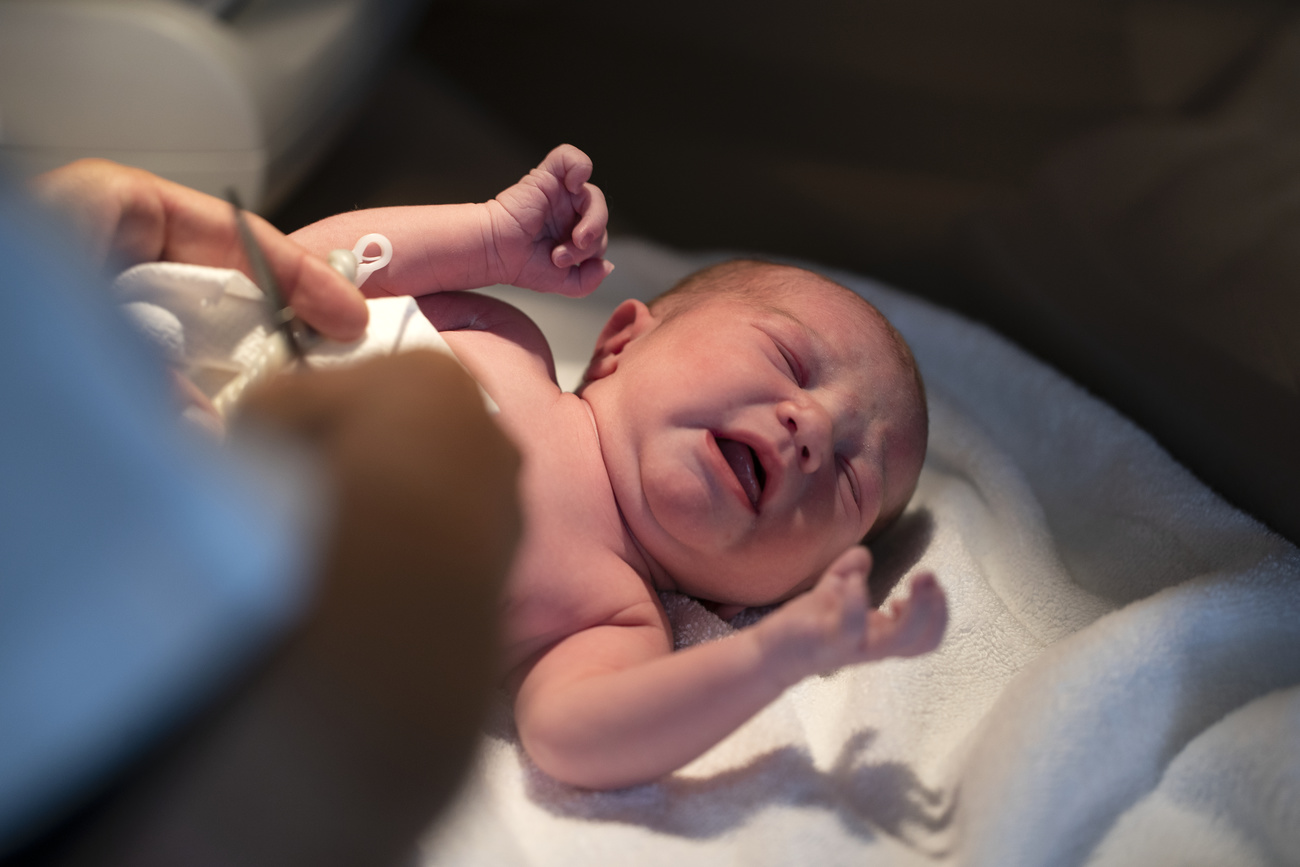
More
Swiss study links excessive crying in infants to odour sensitivity
The team used the latest MRI techniques on newborns to determine if early brain responses to a particular smell is associated with a subsequent crying behaviour.
A total of 21 infants were exposed to three smells: rotten cabbage, banana and eucalyptus. Their daily crying time was then measured at the age of six weeks using a crying calendar filled in by their parents.
Babies with greater brain reactivity to the smell of rotten cabbage in the first few days of life had a higher average crying time. It makes me wonder, totally unscientifically, if evening bouts of crying could be connected to cooking smells. Just throwing that out there. The studyExternal link was published in the journal Pediatric Research.
Wearable energy
Another quirky story that caught my eye is reminiscent of Back to the Future II, the one with the flying skateboards and futuristic clothes. Swiss researchers have found a way to make electricity with polymers applied to clothing.
A wearable energy supply is moving closer to reality. There are already materials that can use indirect or ambient light for energy generation but these have been unsuitable for textiles, until now.
A research team led by Luciano Boesel from the Laboratory for Biomimetic Membranes and Textiles at the Swiss Federal Laboratories for Materials Science and Technology (EMPA) found a way to incorporate these luminescent materials into a polymer that provides flexibility and air permeability. One to watch.
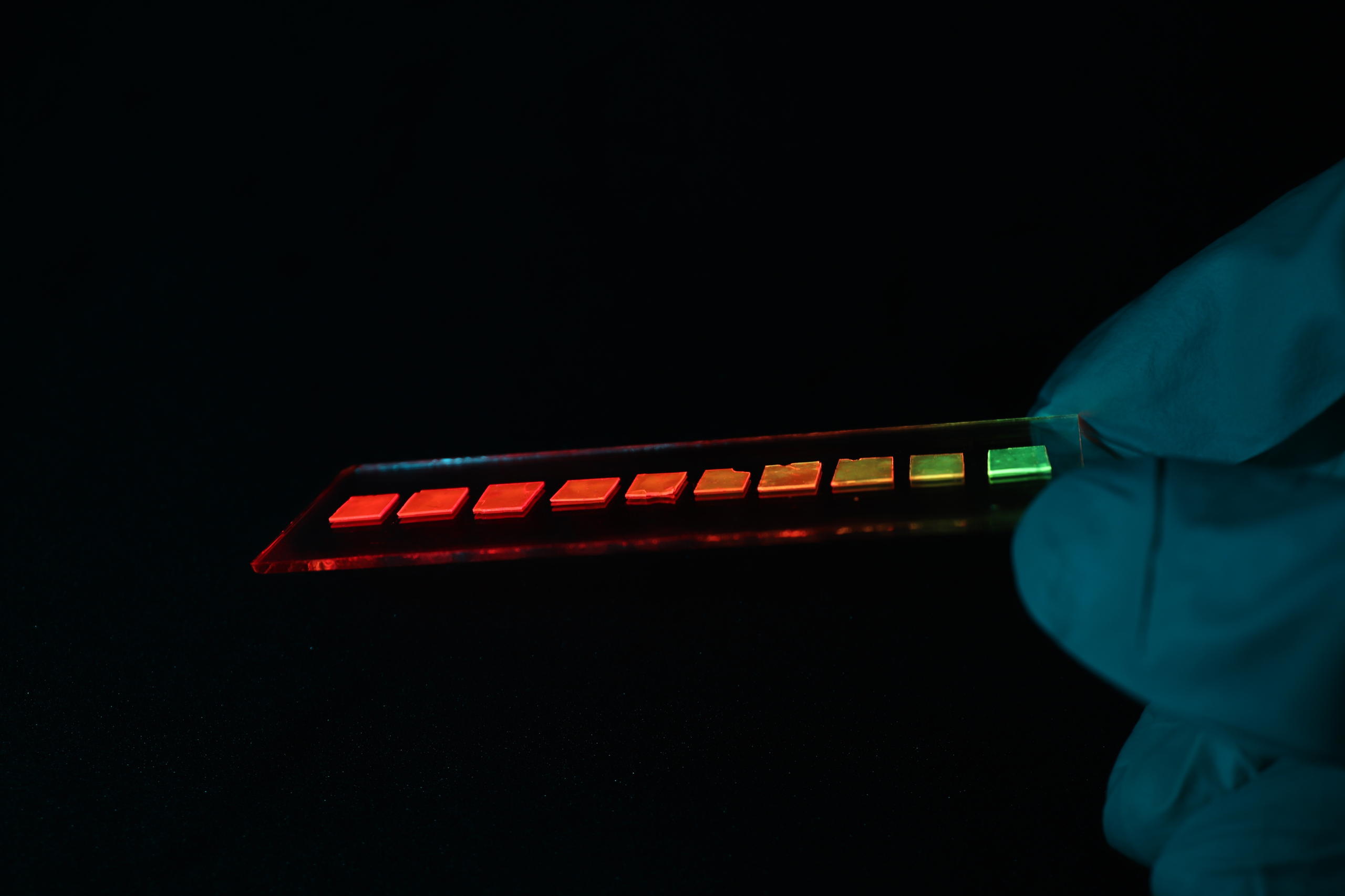
More
Power dressing: Scientists generate electricity from clothes
The year ahead
Looking ahead to 2021, we’ll be following the progress of the major science stories connected to Switzerland, including future foods, space research and of course Covid-19. More on these stories in the swissinfo.ch science outlook for 2021 written by Veronica DeVore.
Finally, for those of you interested in smart city technology, the Smart City Switzerland Project and the Swiss Federal Office of Energy have produced a guide to the implementation of smart city initiatives in Switzerland. The transition to a Smart City is a long-term and complex process involving numerous technological, legal and organisational changes and activities. This guide has a to-do list for every phase of the transition and could be a good source of inspiration, wherever you are in the world and however small your community.
Speaking of community, I hope you’ve enjoyed reading my newsletters this year. As I mentioned in the last edition, I’ll be handing over to the other swissinfo.ch science writers in the New Year. Season’s greetings and good wishes to you all.

In compliance with the JTI standards
More: SWI swissinfo.ch certified by the Journalism Trust Initiative













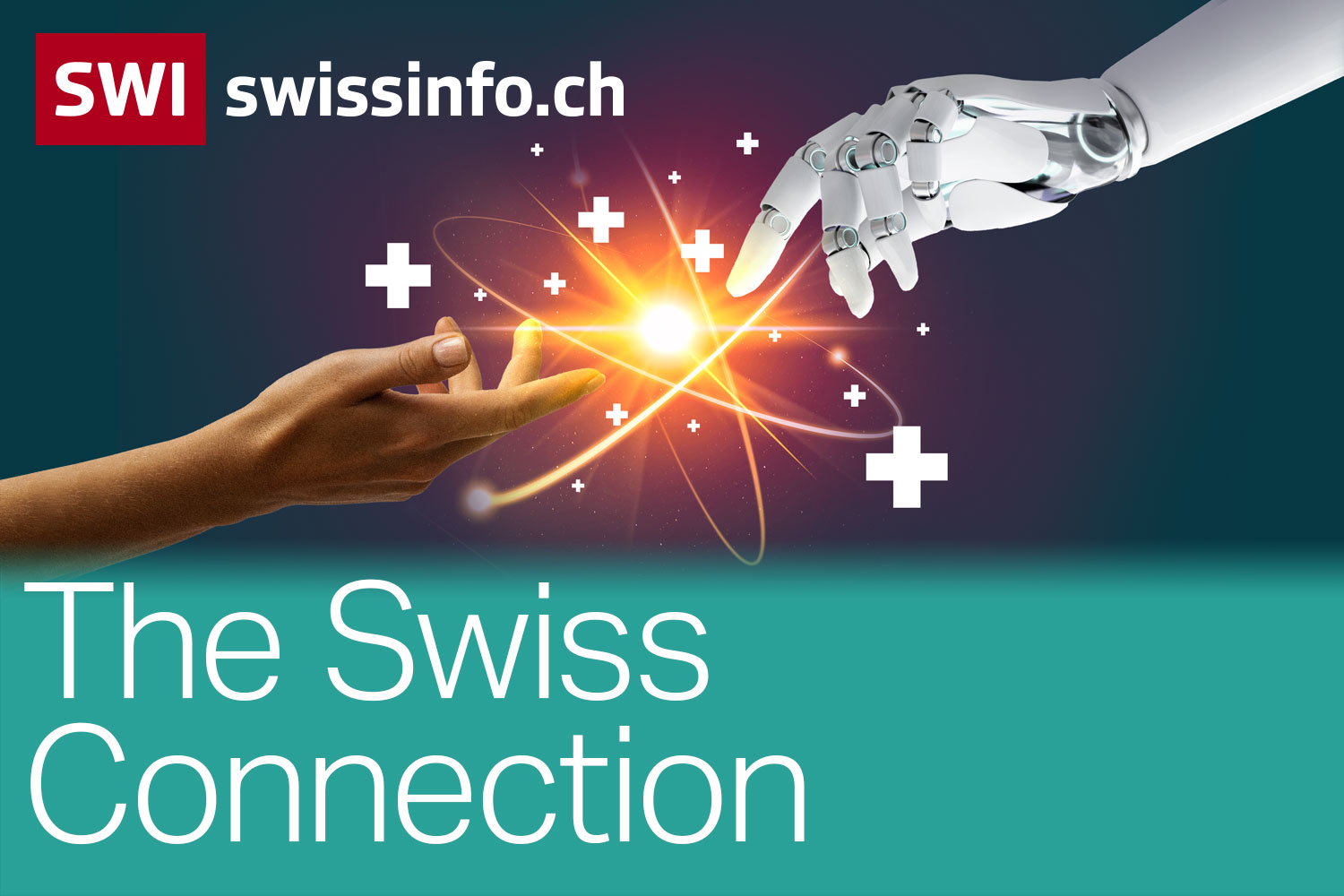

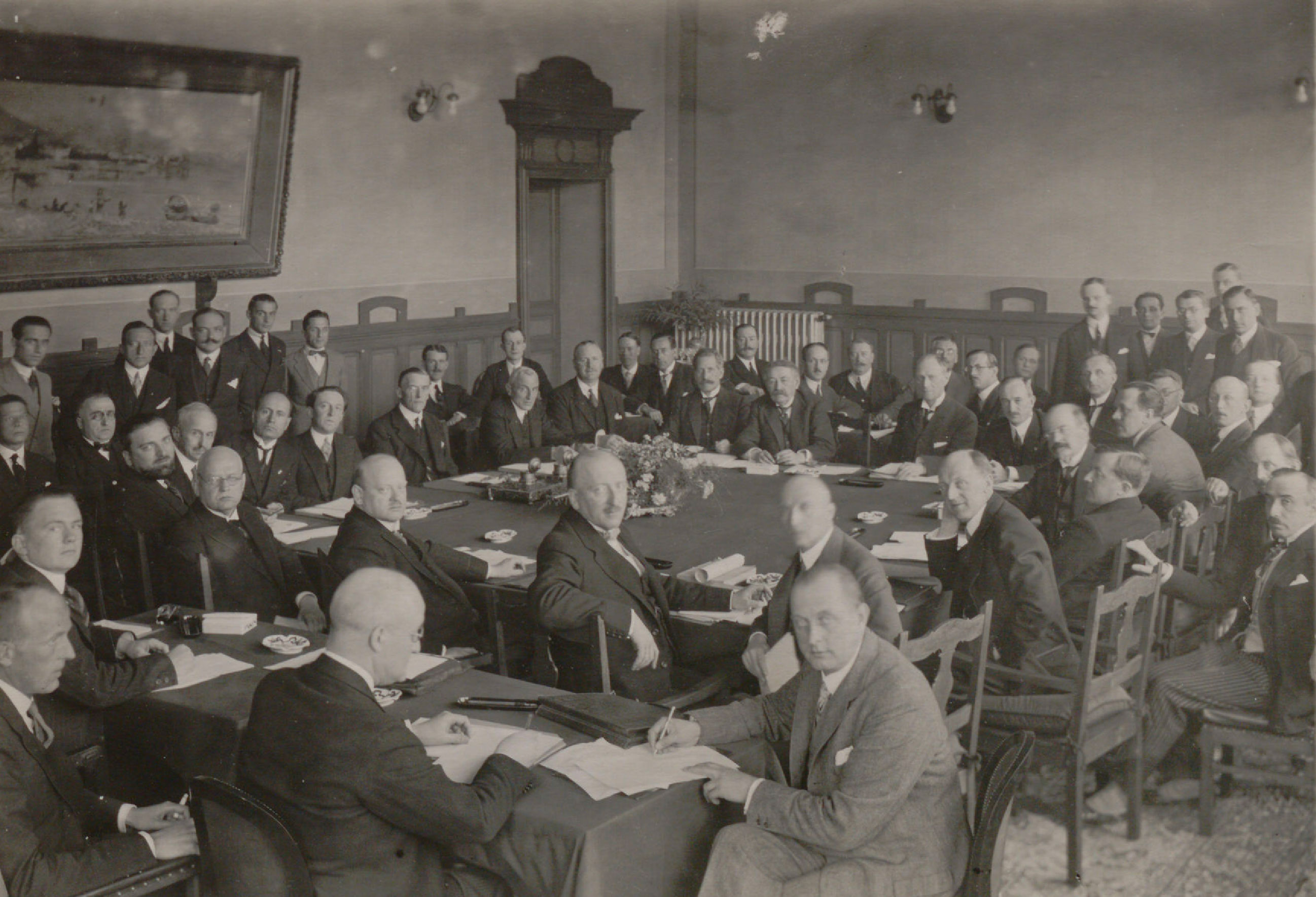

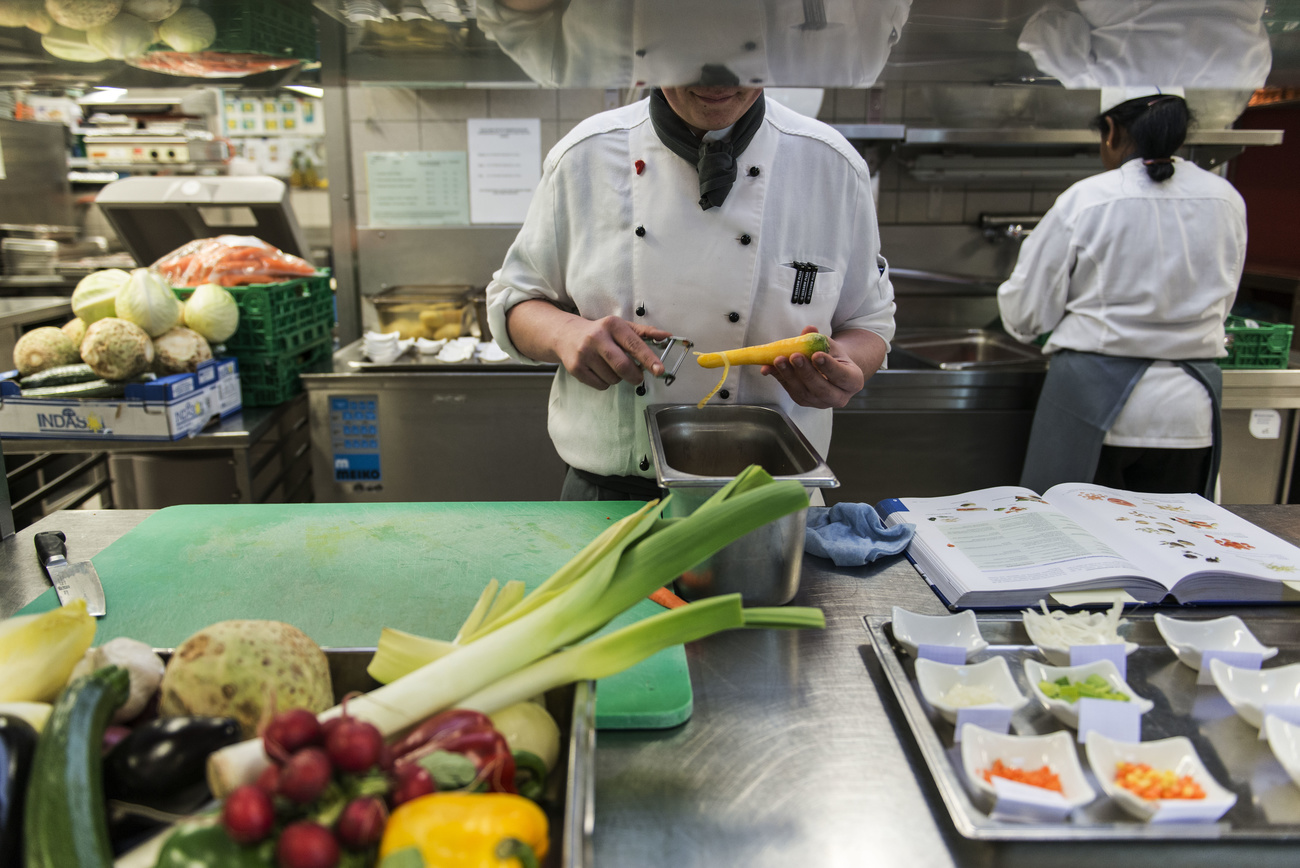




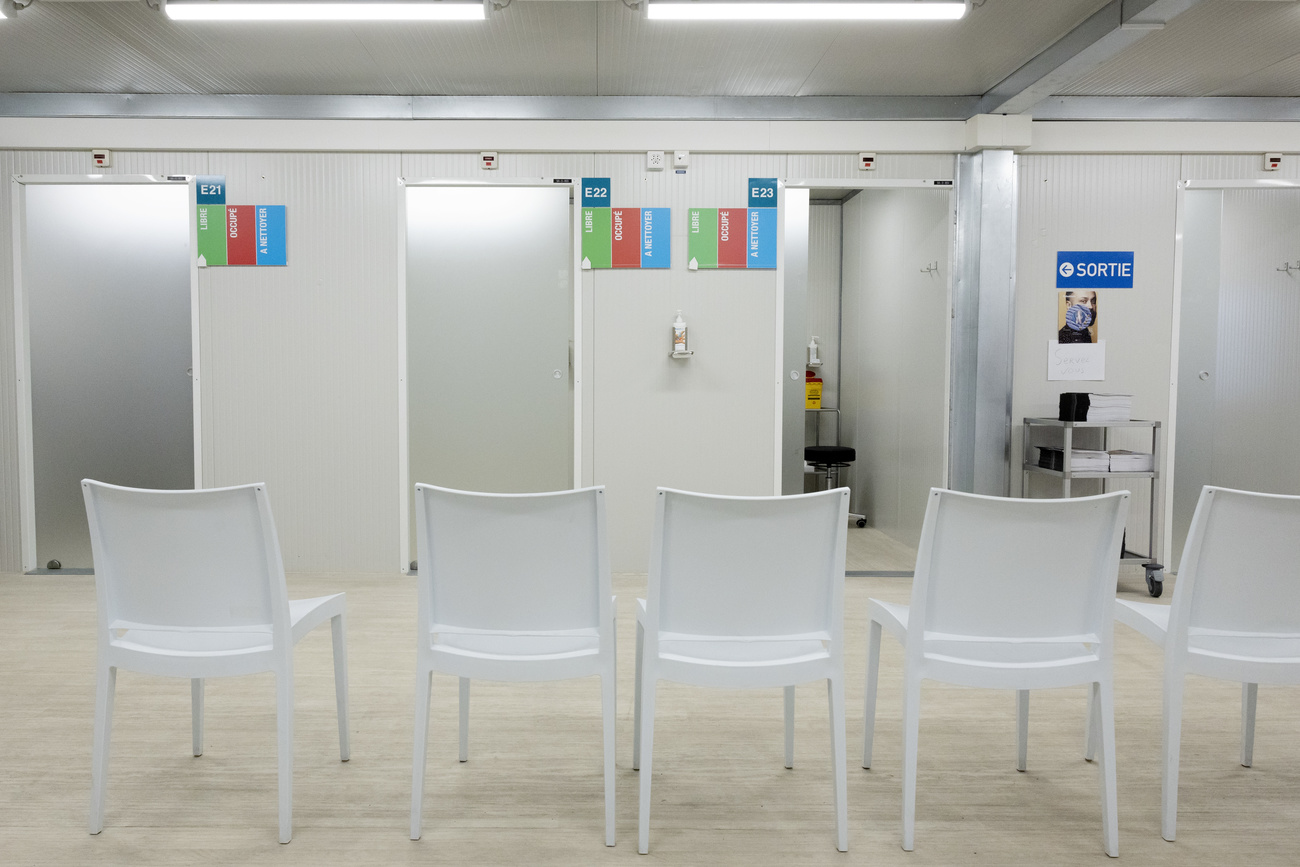

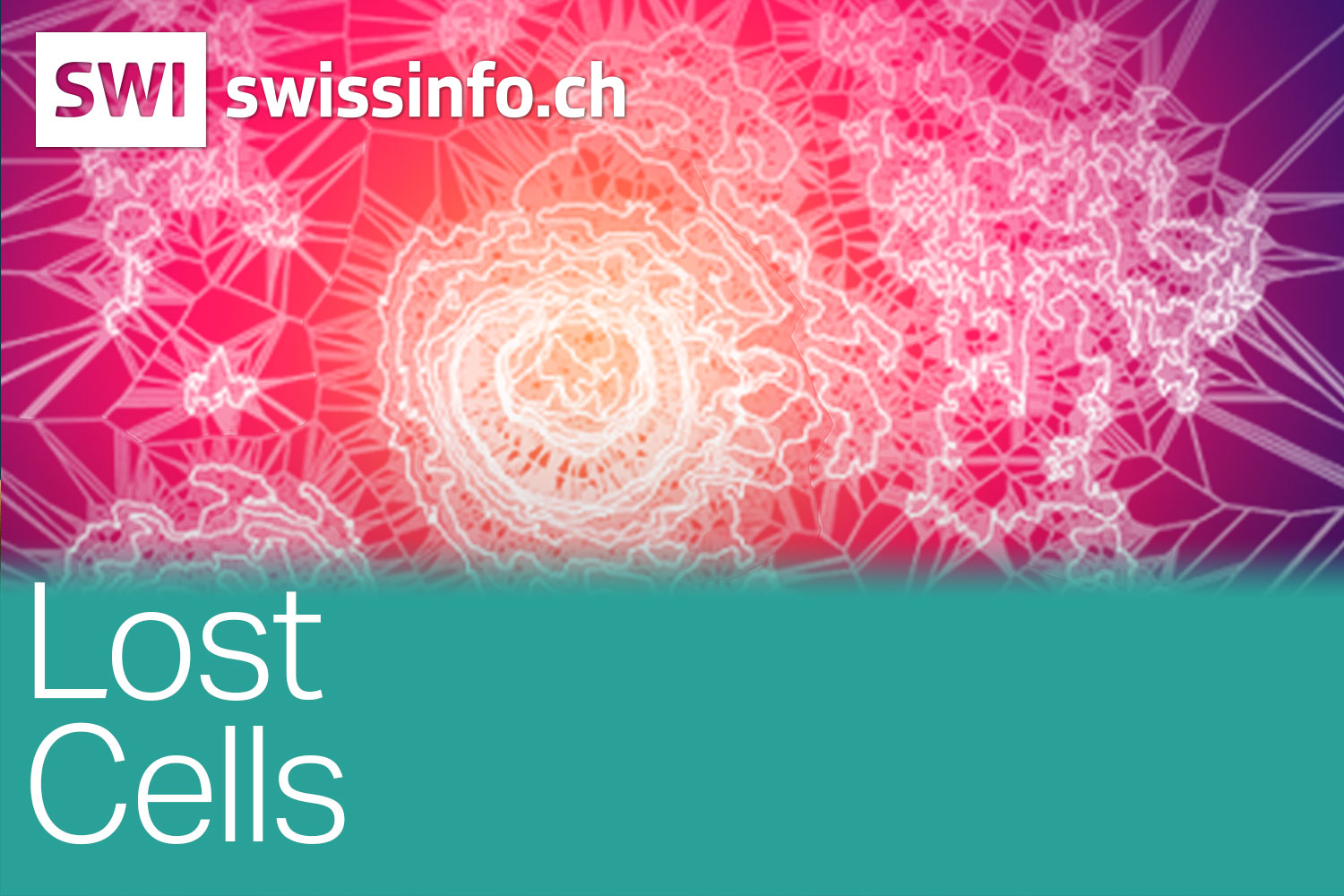





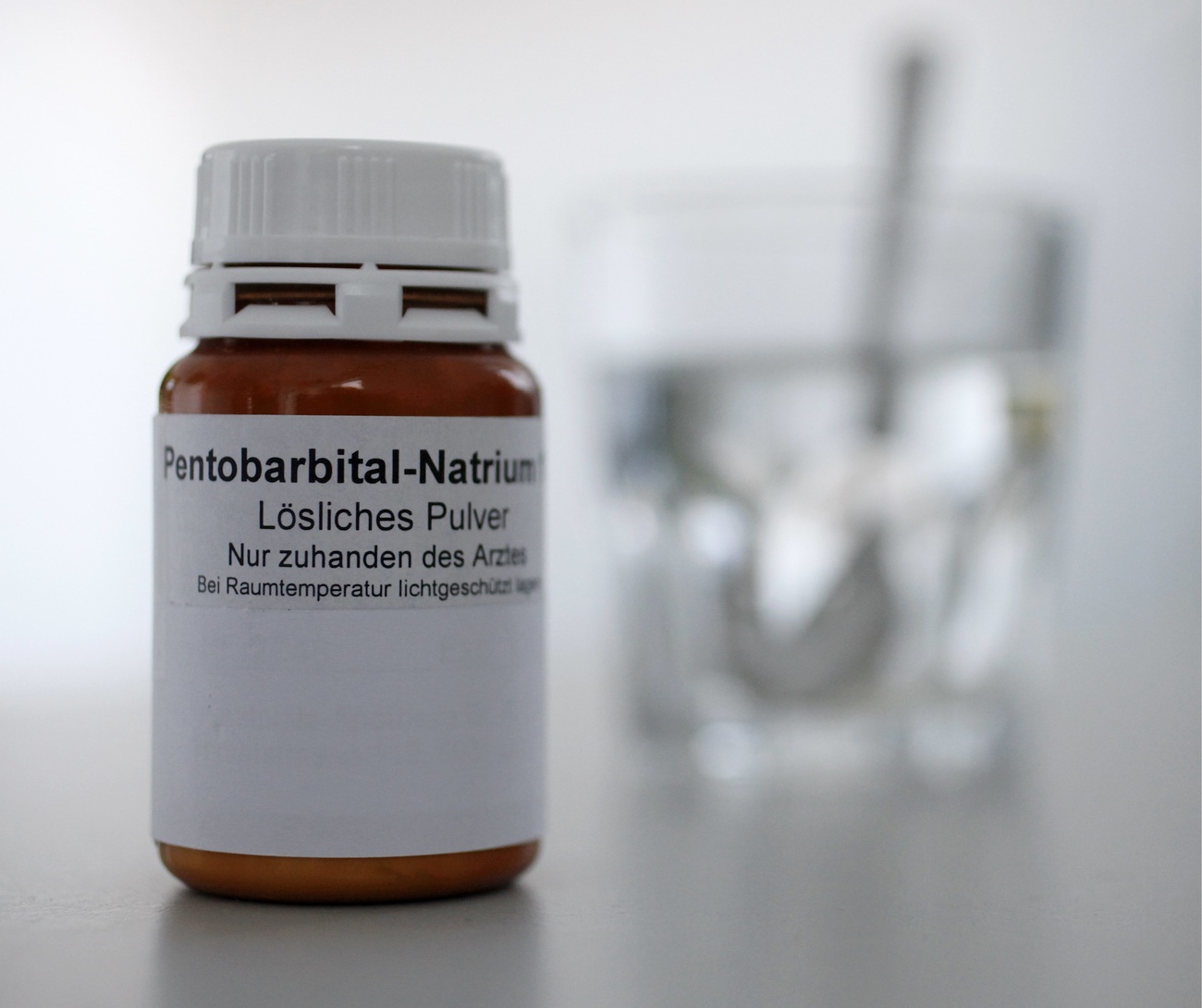





You can find an overview of ongoing debates with our journalists here . Please join us!
If you want to start a conversation about a topic raised in this article or want to report factual errors, email us at english@swissinfo.ch.